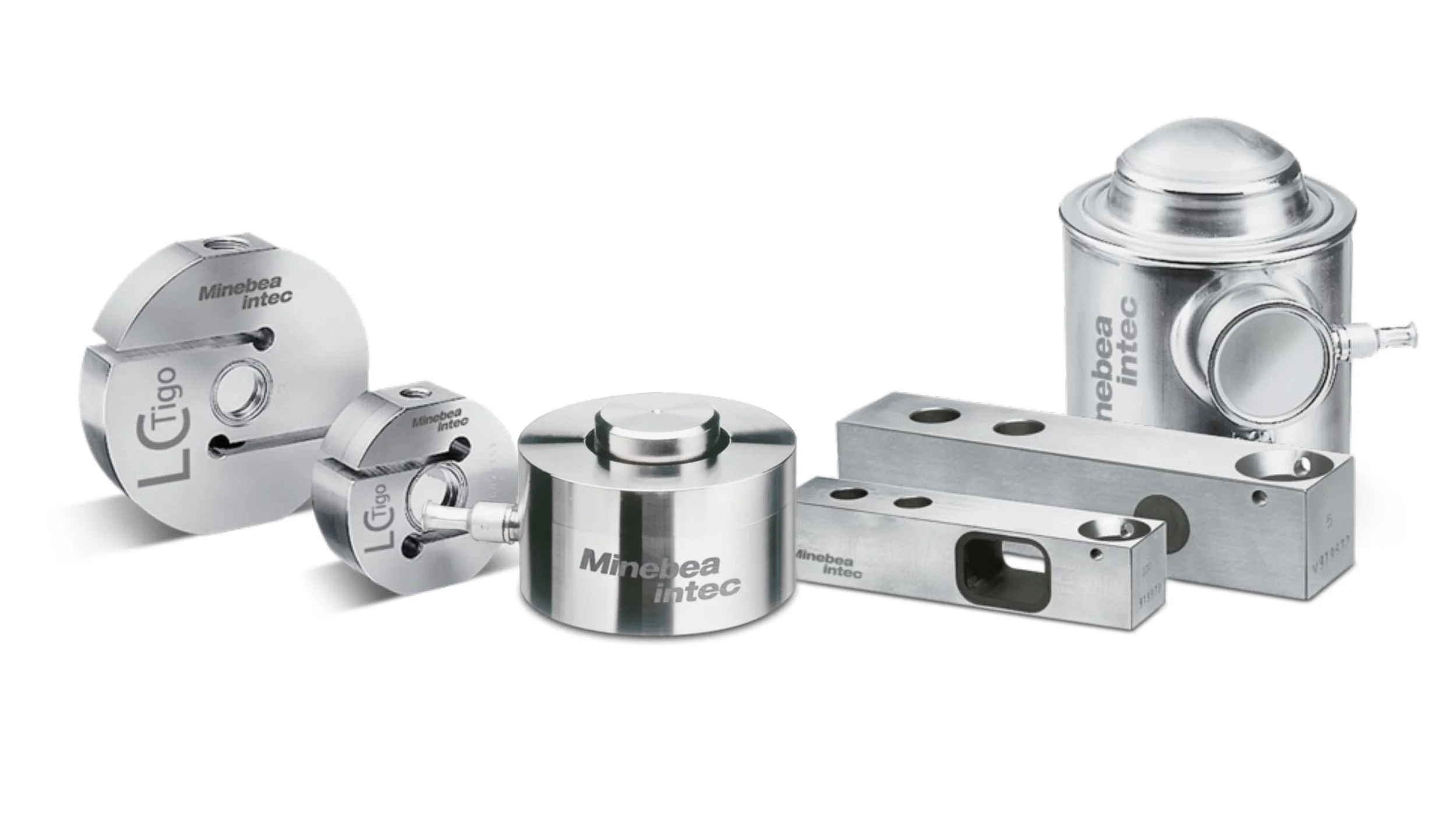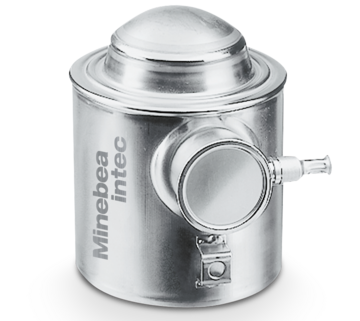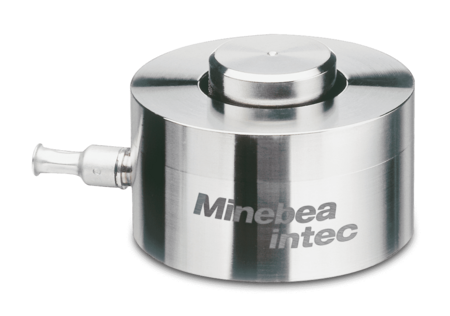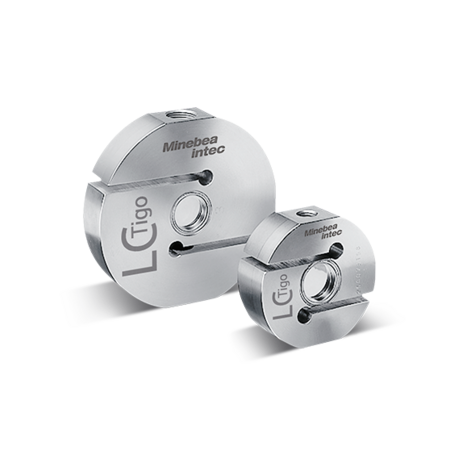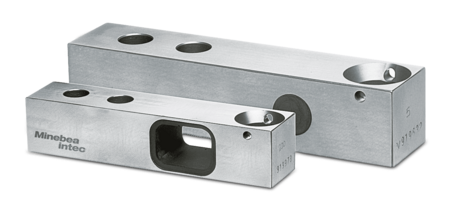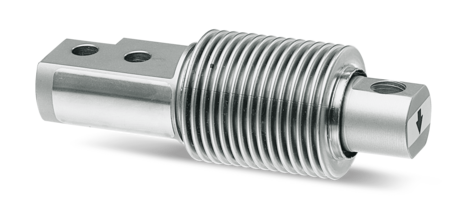How to Select the Right Load Cell
Selecting the right load cell is a crucial decision for anyone involved in industries where measuring and monitoring weight and force is essential. Whether you're designing a new system or replacing an existing load cell, this guide will walk you through the process step by step.
We'll explore load cell types, and factors to consider, and offer expert insights to ensure you make an informed choice.
Understanding Load Cells
Before delving into the selection process, it's vital to have a clear understanding of what load cells are. Load cells are transducers that convert force or weight into an electrical signal. This signal can then be interpreted and displayed digitally or analogically, depending on your requirements.
Load cells are used in various industries, including manufacturing, agriculture, aerospace, and healthcare. Their applications range from measuring the weight of raw materials to monitoring structural stress in bridges.
Types of Load Cells
Load cells come in various types, each suited for specific applications. Understanding these types is the first step in choosing the right one for your needs.
1. Strain Gauge Load Cells
Strain gauge load cells are the most common type and are ideal for applications where precision is crucial. They operate on the principle that electrical resistance changes as the material deforms under force. These load cells can measure both tension and compression.
2. Compression Load Cells
Compression load cells are designed to measure forces pushing together or compressing. They are commonly used in industrial settings to monitor weight on conveyor belts and hydraulic presses.
3. Tension Load Cells
Tension load cells, as the name suggests, are used to measure forces pulling apart or in tension. They find applications in industries like fishing and construction for measuring tensile forces.
4. Shear Beam Load Cells
Shear beam load cells are suited for medium to high-capacity applications. They are often used in truck scales, tank weighing, and industrial automation.
5. Bending Beam Load Cells
Bending beam load cells are known for their versatility and durability. They are used in floor scales, pallet scales, and filling machines.
6. Canister Load Cells
Canister load cells are designed for high-capacity applications and are commonly found in silo and tank weighing systems.
Factors to Consider
Selecting the right load cell involves considering several critical factors:
1. Capacity
The load cell's capacity should match or exceed the maximum force or weight it will experience. It's crucial to leave some margin for error to ensure accurate measurements.
2. Environmental Conditions
Consider the environment where the load cell will be used. Factors like temperature, humidity, and exposure to corrosive substances can affect the load cell's performance.
3. Accuracy
The level of accuracy required for your application is essential. Some industries demand extremely precise measurements, while others can tolerate slight deviations.
4. Mounting
The way you plan to mount the load cell is critical. Ensure that the load cell's design is compatible with your mounting method.
5. Calibration
Regular calibration is necessary to maintain accuracy. Consider the ease of calibration and the availability of service providers.
Selecting Load Cells for Specific Applications
Now, let's explore how to choose load cells for specific applications.
1. Industrial Automation
For automated manufacturing processes, strain gauge load cells are often the best choice due to their high precision. They are used in conveyor belt systems, robotic arms, and quality control machines.
2. Agriculture
In agriculture, where equipment is exposed to harsh conditions, durable and waterproof load cells are preferable. Canister load cells are commonly used in silos and grain storage facilities.
3. Healthcare
In healthcare settings, where patient comfort is essential, bending beam load cells are used in patient beds to monitor weight and movement.
4. Transportation
For weighing trucks and cargo containers, shear beam load cells are the preferred choice. They can handle heavy loads and harsh conditions.
5. Laboratories
Laboratories require highly accurate load cells for precise measurements. Strain gauge load cells with the right capacity are ideal for laboratory equipment.
Selecting the right load cell is a crucial decision that can impact the accuracy and efficiency of your operations. By understanding the types of load cells, considering key factors, and matching load cells to specific applications, you can make an informed choice. Remember that regular calibration and maintenance are essential to ensure continued accuracy.
In summary, the process of selecting the right load cell involves assessing your needs, understanding load cell types, and considering environmental factors. By following these steps and consulting with experts when needed, you can confidently choose the load cell that best suits your requirements.
FAQs
How do I know the right capacity for my load cell?
The right capacity is determined by the maximum force or weight your application requires. Always choose a load cell with a capacity slightly higher than your maximum load.
What is the difference between tension and compression load cells?
Tension load cells measure forces pulling apart, while compression load cells measure forces pushing together. Choose the type that matches the force direction in your application.
How often should I calibrate my load cell?
The frequency of calibration depends on your industry and application. In critical applications, quarterly or even monthly calibration might be necessary, while others can be calibrated annually.
Can I install a load cell myself?
While it's possible, it's recommended to have load cells installed and calibrated by professionals to ensure accuracy and reliability.
Are there load cells for extreme temperature environments?
Yes, some load cells are designed to operate in extreme temperatures. Look for load cells with a wide temperature range if you need them for such conditions.
How do load cells communicate with other systems?
Load cells typically provide analog or digital signals that can be integrated into control systems or displayed on digital screens.

